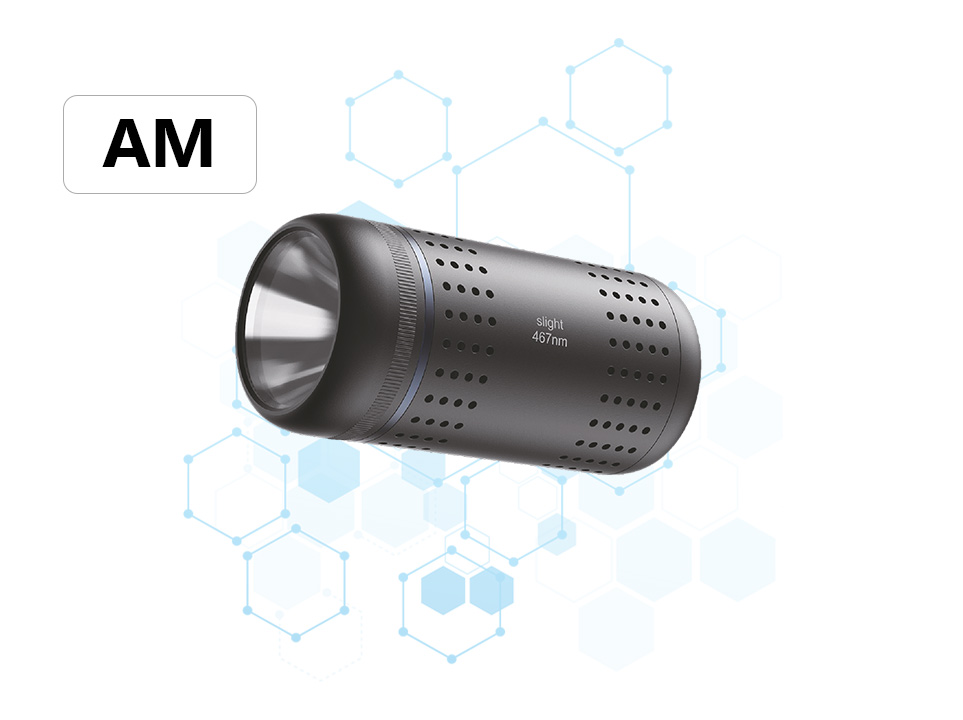Analysis of Hydrogen Fluoroalkylation Reaction of Photocatalytic Olefins and Carboxylic Acids
Abstract:
The hydrogen fluoroalkylation reaction of olefins and carboxylic acids under photocatalytic conditions represents a fascinating and burgeoning area of research in synthetic organic chemistry. This study delves into the mechanisms, catalyst design, and applications of such reactions, aiming to provide a comprehensive understanding of this innovative transformation.
Introduction:
Olefinic compounds, characterized by their carbon-carbon double bonds, are fundamental building blocks in organic synthesis. Their reactivity allows for the formation of various functionalized derivatives, including those bearing fluoroalkyl groups. Fluorinated compounds are known for their unique physicochemical properties, such as enhanced stability, altered biological activity, and improved solubility. Therefore, the development of efficient methods for the fluoroalkylation of olefins is of paramount importance.
Photocatalysis has emerged as a powerful tool for organic synthesis, offering mild reaction conditions, high selectivity, and environmental friendliness. In this context, the hydrogen fluoroalkylation reaction of olefins and carboxylic acids, catalyzed by light-absorbing species, presents a novel pathway for the synthesis of fluoroalkylated derivatives.
Mechanistic Insights:
The hydrogen fluoroalkylation reaction under photocatalytic conditions typically involves the following steps:
Photocatalyst Activation: Upon absorption of light, the photocatalyst transitions to an excited state, which is capable of promoting the activation of the olefin and carboxylic acid reactants.
Olefin Activation: The excited photocatalyst interacts with the olefin, leading to the formation of a reactive intermediate, such as a radical or carbenoid species.
Carboxylic Acid Activation: Simultaneously, the carboxylic acid undergoes decarboxylative activation, releasing carbon dioxide and generating a fluoroalkyl radical or anion.
Radical Coupling: The fluoroalkyl radical or anion reacts with the olefin-derived intermediate, resulting in the formation of a new carbon-carbon bond and the incorporation of the fluoroalkyl group.
Product Formation and Catalyst Recovery: The resulting product undergoes further processing to isolate the desired fluoroalkylated derivative, while the photocatalyst is recycled for subsequent reactions.
Catalyst Design:
The design of efficient photocatalysts for this reaction is crucial for achieving high yields and selectivities. Key considerations include the choice of light-absorbing chromophores, the electronic properties of the catalyst, and its ability to stabilize reactive intermediates.
Recent advancements in catalyst design have focused on the use of metal-organic frameworks (MOFs), semiconductor nanoparticles, and organic dyes as photocatalysts. These materials offer tunable optical and electronic properties, as well as high surface areas for efficient reactant adsorption and product desorption.
Applications:
The hydrogen fluoroalkylation reaction of olefins and carboxylic acids has broad applications in the synthesis of fluoroalkylated compounds, which are valuable in various fields such as pharmaceuticals, agrochemicals, and materials science.
For instance, fluoroalkylated derivatives of olefins can serve as key intermediates in the synthesis of fluorinated drugs, which often exhibit enhanced pharmacological properties compared to their non-fluorinated counterparts. Additionally, these compounds can be used as building blocks for the preparation of fluorinated polymers and surfactants, which possess unique surface properties and stability.
Conclusion:
In conclusion, the hydrogen fluoroalkylation reaction of olefins and carboxylic acids under photocatalytic conditions represents a promising synthetic strategy for the preparation of fluoroalkylated compounds. Advances in catalyst design and mechanistic understanding have paved the way for the development of efficient and selective methods for this transformation.





